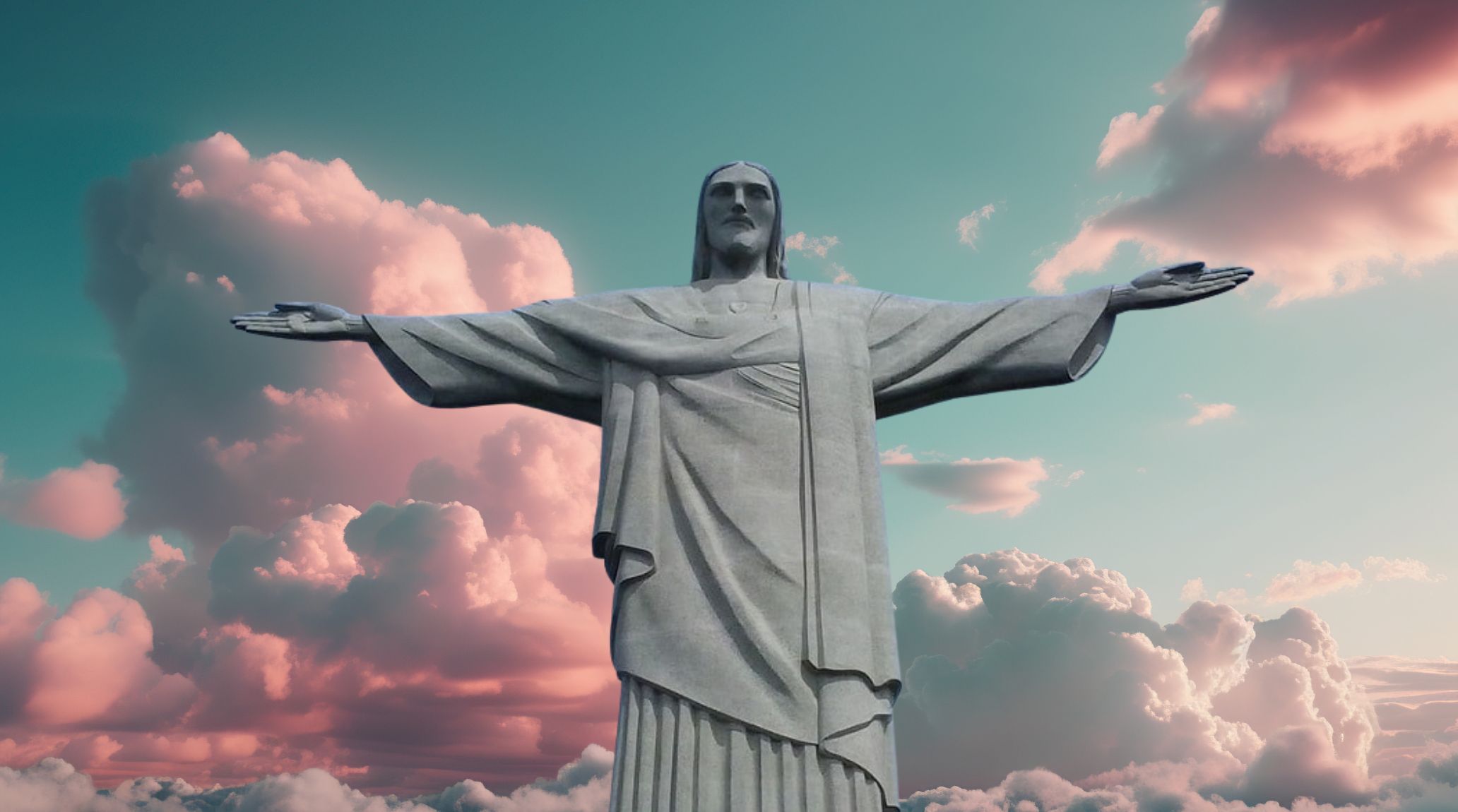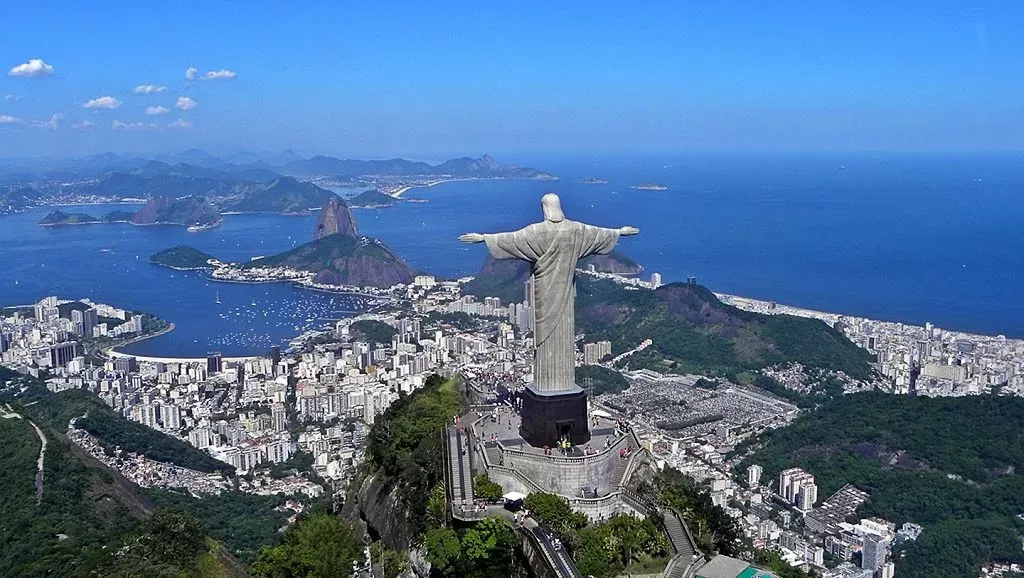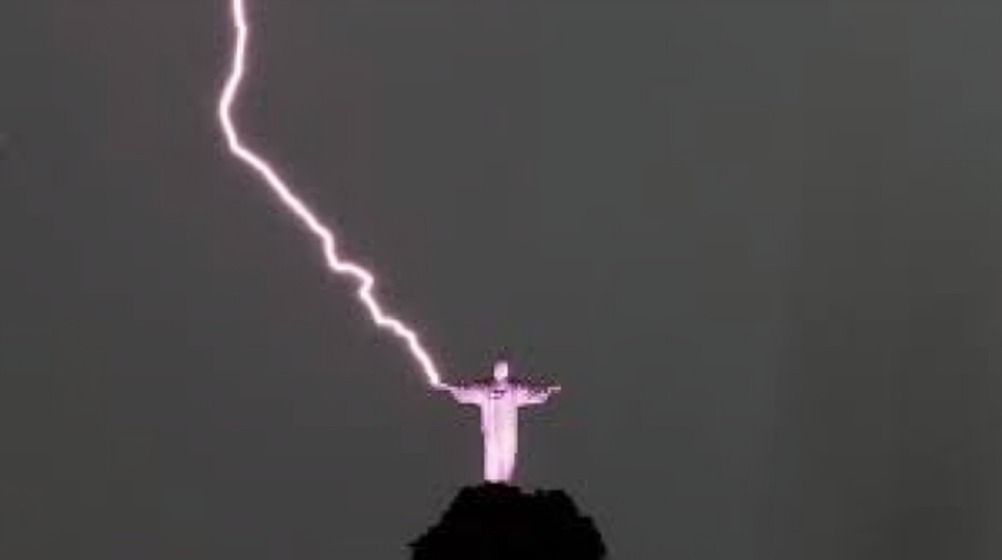
“
Standing atop Mount Corcovado in Rio de Janeiro, Christ the Redeemer is one of the world's most iconic statues. This monumental statue, which has graced Brazil’s skyline since 1931, is a global symbol of peace and unity. Standing 98 feet tall, with an arm span of 92 feet, it is an engineering marvel and a symbol of faith that draws millions of visitors annually. This blog uncovers 20 curious facts about Christ the Redeemer, exploring its unique history, construction challenges, cultural significance, and why it’s considered one of the World's New Seven Wonders.1
1
”
Christ the Redeemer, towering at 98 feet with a 92-foot arm, is one of the world’s largest Art Deco statues, symbolizing peace and welcoming millions of visitors annually atop Rio de Janeiro’s Mount Corcovado. 1
French sculptor Paul Landowski, credited for designing Christ the Redeemer’s head and hands, collaborated with Silva Costa, who oversaw the project. Funded mainly by the church, construction spanned from 1926 to 1931. 2
Built between 1922 and 1931, using reinforced concrete and six million soapstone tiles from Ouro Preto, Brazil. Standing 30 meters tall, it’s the largest Art Deco statue globally. 3
The statue's arms span 92 feet, symbolizing Christ embracing humanity. Its silhouette has become an iconic symbol of Brazil recognized worldwide for its breathtaking, welcoming pose. 4

Christ the Redeemer stands 2,340 feet above sea level on Corcovado Mountain, giving visitors panoramic views of Rio de Janeiro, including the beaches of Copacabana and Sugarloaf Mountain.
The statue was named one of the New Seven Wonders of the World in 2007 through a global competition by the New Open World Foundation, receiving over 100 million votes worldwide. 5
Christ the Redeemer is covered in 6 million triangular soapstone tiles, chosen for their durability and resistance, giving the statue its smooth surface and unique pale green tint. 6
The construction materials were carried by small railcars up Corcovado Mountain, as roads couldn’t support trucks. This feat reflects the engineers' ingenuity and persistence. 7
Lightning strikes the statue frequently, with an estimated three to five strikes annually. To protect it, lightning rods are installed in the head and arms. 8

In 2014, lightning damaged the statue’s right thumb, requiring repairs. Maintenance and preservation teams continuously work to keep Christ the Redeemer safe from natural elements.
The statue was initially conceived in the 1850s by a Catholic priest, but it wasn’t until the 1920s that the idea gained significant support and became a reality.9
Originally, Christ the Redeemer was designed to hold a cross and globe, but the final design, with open arms, was chosen to embody peace and compassion. 10
Each soapstone tile used in construction was placed by hand, with many bearing inscriptions from workers, giving the statue a personal connection to those who built it.11
Christ the Redeemer symbolizes the faith and blessings of the Brazilian people, embodying both the divinity of Jesus and Brazil’s cultural spirit, while seamlessly blending with Rio’s iconic landscape.12

Modern escalators and elevators installed in 2002 improved access, making it easier for visitors to reach the statue’s base, enhancing the experience for millions each year.
The statue’s Art Deco style is unique for a religious monument, with clean, geometric lines that reflect the modernist architectural movement of the early 20th century. 13
The statue’s completion was celebrated with a massive lighting ceremony in 1931, featuring innovative floodlights directed from Italy, marking a historic global event. 14
Christ the Redeemer features in numerous movies, music videos, and artworks, reinforcing its iconic status and linking Brazilian culture to global pop culture. 15
Brazil’s lush Tijuca Forest surrounds Corcovado Mountain, giving the statue a stunning natural backdrop and making it a biodiversity hotspot near one of the world’s largest cities. 16
Restoration efforts are frequent, with teams periodically scaling the statue to inspect and replace damaged soapstone tiles, preserving Christ the Redeemer’s enduring beauty and significance. 17


